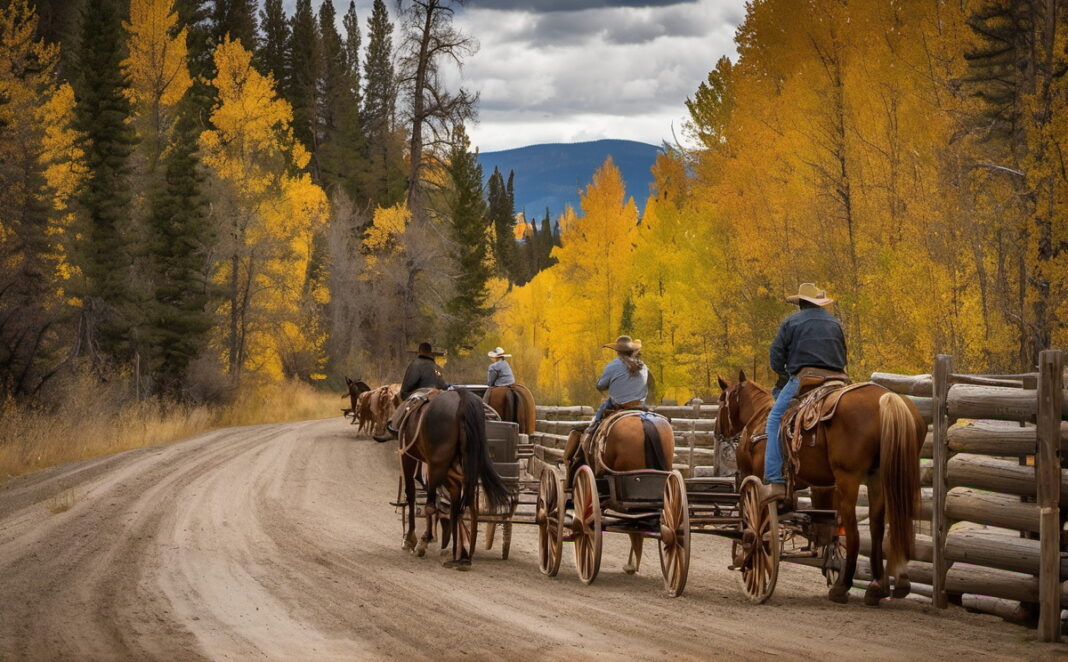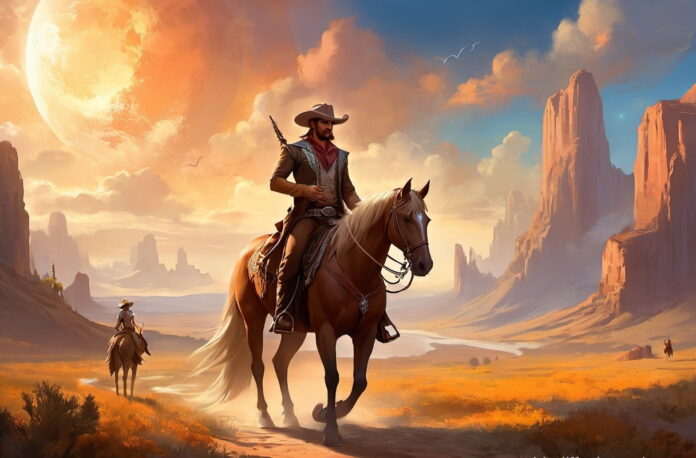This is the most northern Rocky Mountain state in America. This land is characterized by a certain cool gloss and grandeur, which, however, only makes it more attractive in the eyes of tourists.
The abundance of wildlife, eco-trails for walks and excursions, extreme platforms, and areas for active recreation allow guests to escape from the suffocating bustle of metropolises and immerse themselves in a free life, breathe in the rich ozone and adventure-filled air.
People still remember the cowboys and the times when quick reflexes and nimble hands were necessary qualities for men, and tenderness and femininity were the trump cards for representatives of the fairer sex.
Brief information about the state:
- State abbreviation: MT
- State capital: Helena (34,256 people)
- State population: 1.9 million people (ranks 43rd in the US)
- Largest city: Billings (109,800 people)
- State area: 381,154 km² (ranks 4th in the US)
- Link to the official website: http://mt.gov/
Montana Attractions:
All the most interesting things in Montana are outdoors. After all, the main asset of the state is its natural beauty. For example, Glacier National Park. Essentially, it’s the territory of two mountain ranges, surrounded, like a necklace of precious stones, by small picturesque lakes.
But the main “highlight” is the powerful blocks of snow and ice on the peaks, summits. Those who manage to climb the mountain serpentine reach a viewing platform. The views from there are so beautiful that it seems as if the Snow Queen herself had a hand in creating them.
You can also head into the mountains around Billings. Here, all the infrastructure is aimed at eco-tourism. First and foremost, there are hiking trails of varying difficulty levels. You can also try your hand at canoeing, fishing, or hunting for elk.
And if you want something unusual and breathtaking in its splendor, you can always visit the Hobbit House in Trout Creek. This is a guesthouse built by a married couple, avid fans of Tolkien’s work. The whole charm is that the dwelling, built into the hillside, recreates the atmosphere of the epic about the adventures of a little man down to the smallest detail.
In Montana, there are entertainments for lovers of antiquity and long-extinct reptiles. The Museum of the Rockies is famous for its exhibitions of dinosaur bones, such as the skull of a Tyrannosaurus rex, and is ready to showcase a real collection of fossilized eggs to all interested parties.
It is especially worth mentioning the Last Chance Church in the state capital of Helena. Its building embodies the best of Renaissance architecture. Made of sandstone and granite, adorned with a copper dome, it looks majestic and noble on its own. But the addition of frescoes on historical themes makes it a unique and culturally significant place that every guest of Montana must visit.
State History:
Archaeological finds provide grounds to assert that the territory of modern-day Montana was inhabited long before the arrival of Europeans. In one of the local caves, rock paintings and ancient household items were found, the age of which is estimated at several thousand years.
These artifacts belonged to the indigenous inhabitants of the region, most likely the Crow Indians. In addition to them, other small tribes also lived in these territories: the Shoshone, the Cheyenne, the Blackfeet, and so on.
The first immigrants from the Old World were the French. They founded their colony “Louisiana” on the territory of present-day Montana. In 1803, the region became part of the United States after the Louisiana Purchase deal.
From this moment, active exploration of the newly acquired lands began. The first map of the area was made by members of the Lewis and Clark expedition. Thanks to their efforts, an autograph appeared on a huge boulder, now called “Pompey’s Pillar,” enticing tourists.
Christian missionaries and rare fur hunters began to gather in the future state. Therefore, it took more than 40 years from the arrival of the pioneers to the emergence of a permanent large settlement. Initially, it was a trading post, which eventually turned into a defensive fort.
In the early 19th century, deposits of precious metals were discovered in Montana. Due to this, the population began to increase rapidly, and settlements developed. Gold was actively mined here, and silver, copper, and lead were extracted. Later, coal mining began. Montana became known as the “Treasure State.”
Relations between settlers and Native Americans became tense and escalated into a phase of constant conflict. Minor skirmishes occurred regularly. The US government even had to enlist the military to suppress the resistance. Indigenous peoples were either forcibly confined to reservations or deported from these lands.
In the early 20th century, a railroad was built in Montana, which had a positive impact on the region’s economy. The city of Butte even earned the informal nickname “the richest hill on earth.” In 1889, Montana officially became the 41st state of the United States.
Interesting Facts About Montana:
- Cowboy State: Montana is known as one of the classic cowboy states. There’s a joke that for every resident, there are three cows.
- Grizzly Bear: The grizzly bear is the state’s main animal symbol. There are more grizzlies in Montana than people.
- State Name Origin: The name “Montana” likely comes from the Italian word “montana,” which means “mountain.”
- Popularity in Russian-Speaking Countries: Montana became popular among Russian-speaking populations thanks to the “Montana” brand of denim clothing and “Montana” watches.
- Tall Brick Structure: In the city of Anaconda, there is a brick structure considered one of the tallest in the world, with a total height of 178 meters including its smokestack.
- Record Low Temperature: The lowest temperature recorded in the contiguous United States (excluding Alaska) was in Montana in January 1954, at -57 degrees Celsius (-70 degrees Fahrenheit).
- Food Trucks: Instead of stationary cafes with street food, food trucks are popular in Montana. These are old buses converted into mobile kitchens with a few tables for customers.
Major Cities in Montana:
- Billings (approx. 109,600 people)
- Missoula (approx. 69,100 people)
- Great Falls (approx. 59,400 people)
- Bozeman (approx. 39,800 people)
- Butte (approx. 33,900 people)
- Helena (approx. 32,000 people)
- Kalispell (approx. 21,000 people)
- Havre (approx. 9,800 people)
- Anaconda (approx. 9,300 people)
- Miles City (approx. 8,600 people)
